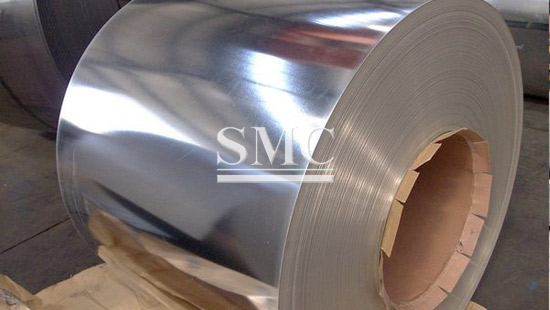Tin plate, also known as tinplate, is a common name for electroplated tin steel sheets. The English abbreviation is SPTE, which refers to cold-rolled low-carbon steel sheets or strips coated with commercial pure tin on both sides. Tin mainly acts to prevent corrosion and rust. It combines the strength and formability of steel with the corrosion resistance, solderability and aesthetic appearance of tin in a material with corrosion resistance, non-toxicity, high strength and good ductility.
Feature advantages
1.Opaque
In addition to causing adverse reactions in food, light can also cause changes in proteins and amino acids. However, when vitamin C is exposed to light, it is more likely to cause it to interact with other food ingredients, resulting in a large loss. According to research and analysis, the loss of vitamin C in milk in clear glass bottles is 14 times higher than that in dark bottled milk. It also causes oxidation and odor of milk, as well as cracking of nuclide and methionine to lose nutritional value. The opacity of the tin can makes the preservation rate of vitamin C the highest.
2. Good sealing
The barrier properties of packaging containers to air and other volatile gases are important for the preservation of nutrients and sensory qualities. Comparing various juice packaging containers, the oxygen transmission rate of the container directly affects the browning of the juice and the preservation of vitamin C; the metal cans with low oxygen transmission rate, the glass bottles and the aluminum foil, and the preservation of the vitamin C in the carton. It is better, and it is best to use iron cans.
3. Reduction of tin
The tin on the inner wall of the tinplate acts on the oxygen remaining in the container during filling, reducing the chance of oxidation of the food ingredients. The reduction of tin has a good preservation effect on the flavor and color of light-colored fruits and juices. Therefore, the juice cans using unpainted iron cans are better preserved than the juice cans of other packaging materials, and the brown change is slight. The flavor quality is better accepted and the shelf life is extended.

Source
Tin plate canned foods, except for a few light-colored fruits and canned juices, mostly use internally painted empty cans to improve the corrosion resistance of the container; due to the electrochemical action of the metal, there is a small amount of canned food in the paint. The iron is dissolved in the form of divalent iron in sealed canned food, which is easily absorbed by the body and is about 1 to 10 ppm. In the case of fruit and vegetable products, the raw material itself does not contain much iron. The iron can product is calculated as a pot of 350 ml per can, with an iron content of 5 ppm. Each can provide 1.75 mg of iron, which is about 18 mg per day. One tenth. If the above-mentioned fruit and vegetable juice beverage cans are rich in vitamin C, the iron is more easily absorbed, so the iron canned food and beverage is a good source of iron, and the nutrition for the canned food is more profound.
Because of these properties, the tinplate can provide a closed system that completely isolates environmental factors in addition to heat. The color-protected foods are deteriorated by light, oxygen, moisture, and are not lightened by the aroma or are exposed to environmental odors. It is more polluted and tastes. The stability of food storage is better than other packaging materials. The preservation rate of vitamin C is the highest, and the preservation of nutrients is also the best.
Use promotion
The application of tinplate is very wide. From the packaging materials for food and beverages to grease cans, chemical cans and other miscellaneous cans, the advantages and characteristics of tinplate provide physical and chemical protection of the contents.
Guest contributors are welcome at the Alloy Wiki.It is a weekly wiki and guide on alloy information and processing technology, while also about the vast array of opportunities that are present in manufacturing. Our team of writers consists of a Machining Material Supplier / Machinist / Tool and Die Maker, a Biomedical Engineer / Product Development Engineer, a Job Development Coordinator / Adjunct Professor, and a President and CEO of a manufacturing facility.
Link to this article:Tinplate Related Introduction
Reprint Statement: If there are no special instructions, all articles on this site are original. Please indicate the source for reprinting:Alloy Wiki,thanks!^^


